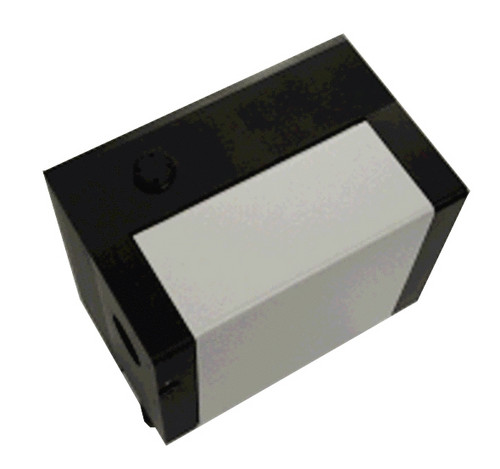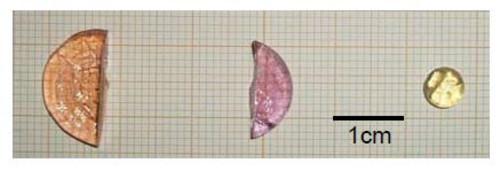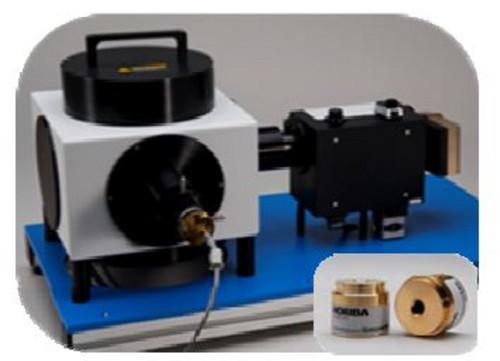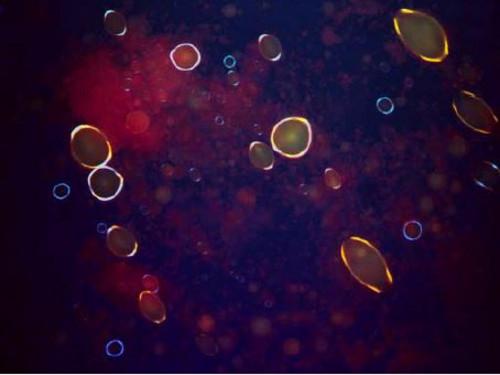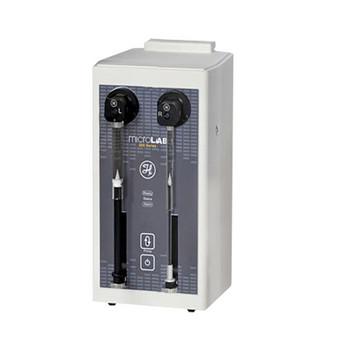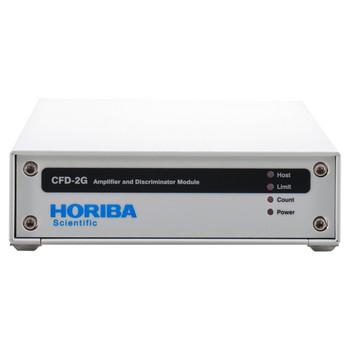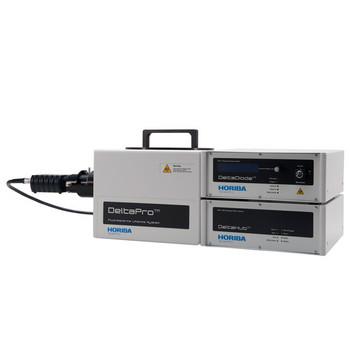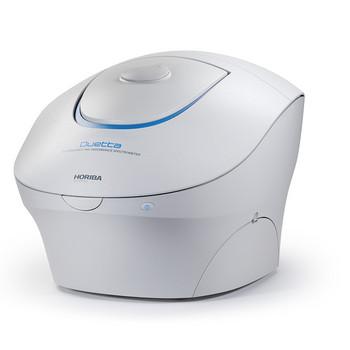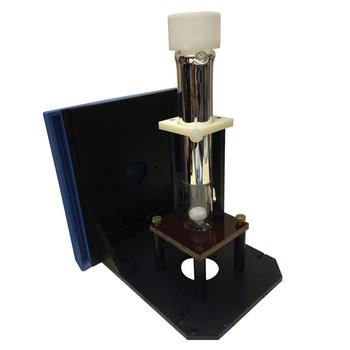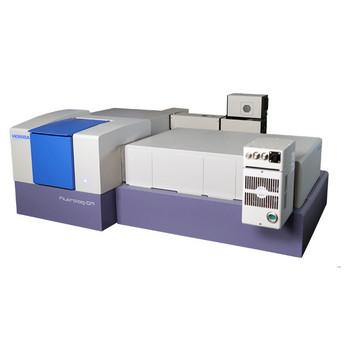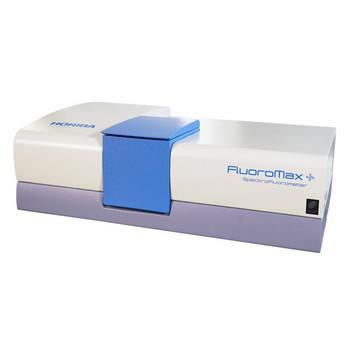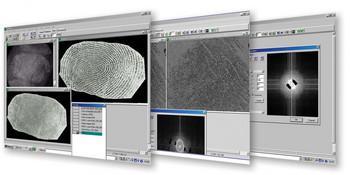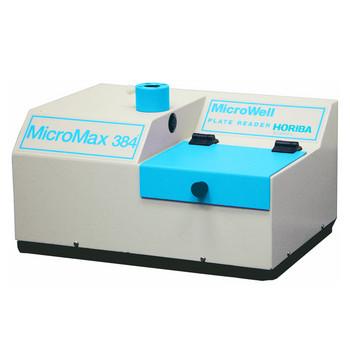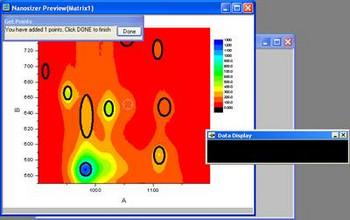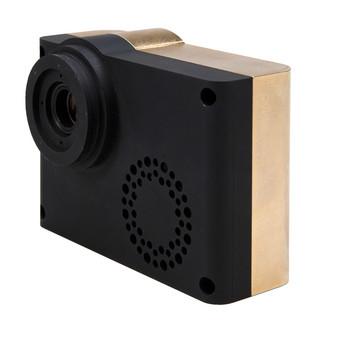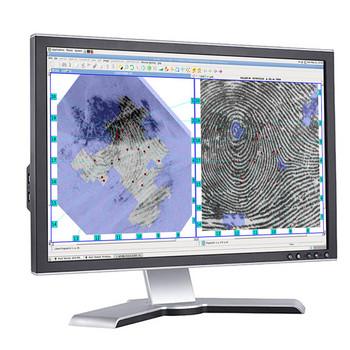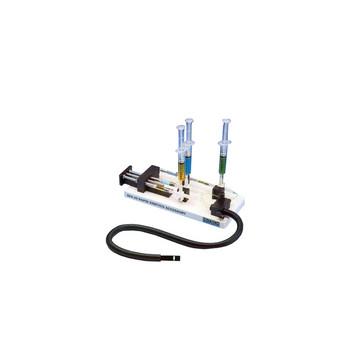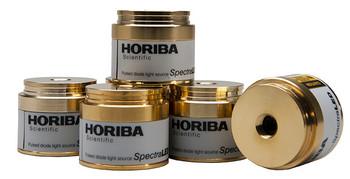
Model | TDM-800 | TDM-1200 | TDM-1600 |
|---|---|---|---|
Focal length | 100mm | ||
Geometry | Seya-Namioka with horizontal slit (vertical dispersion) | ||
Linear dispersion | 8nm/mm | 12nm/mm | 16nm/mm |
Numerical aperture | f/3 | ||
Spectral bandwidths (motorized) | 1, 2, 4, 6, 8, 12, 16 & 32nm | 1.5, 3, 6, 9, 12, 18, 24 & 48nm | 2, 4, 8, 12, 16, 24, 32 & 64nm |
Spectral range | 200-800nm | 300-1200nm | 400-1600nm |
Typical Peak transmission | 62%@280nm | 43%@490nm | 33%@600nm |
Integrated shutter | Yes | Yes | Yes |
Wavelength precision | ±1nm | ±1.5nm | ±2nm |
Grating | Aberration corrected concave holographic | ||
Slit height | 8mm | ||
Stray light rejection | 10e-5 | ||
Temporal dispersion | 0.13ps/nm | ||
Control interface | USB or F-link (please specify) | ||
Power requirements | 15V at 0.75A d.c. | ||
Dimensions | 171mm x 145mm x 111mm | ||
Weight | 3.9kg | ||
